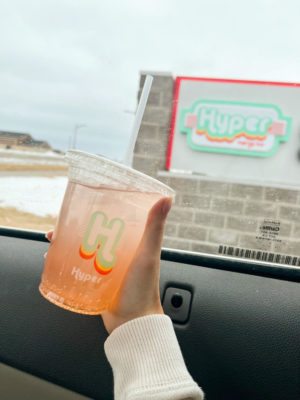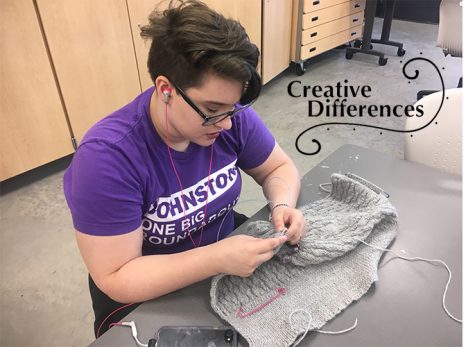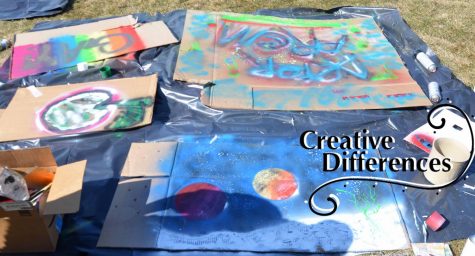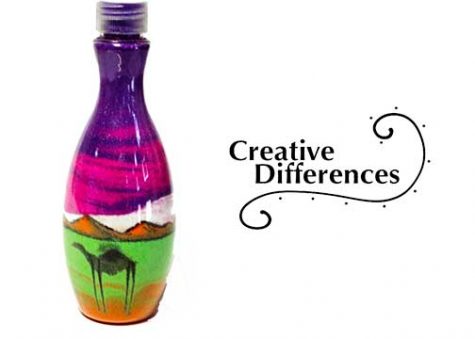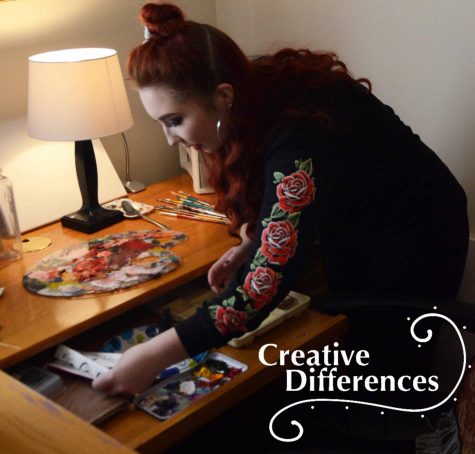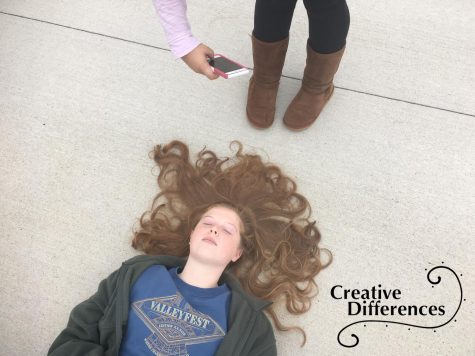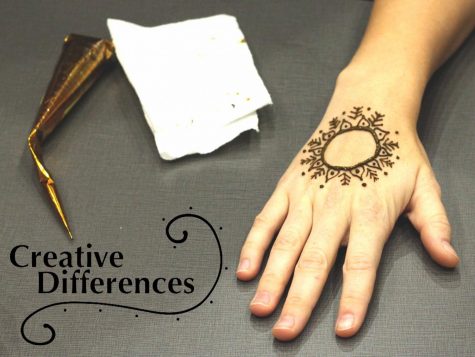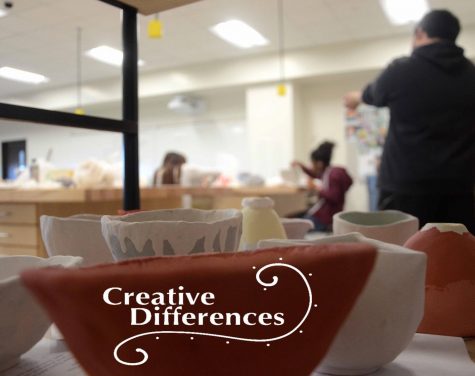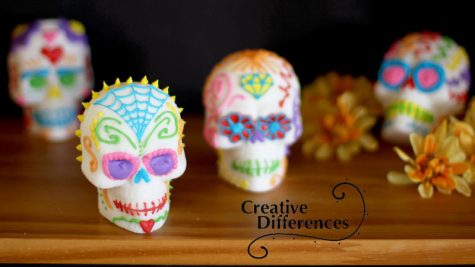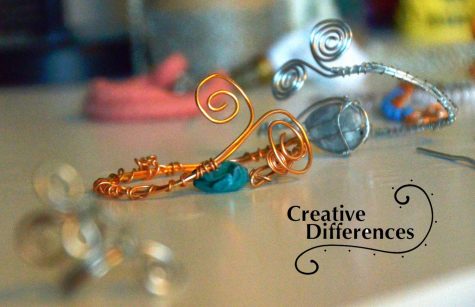Dangers with henna; beware
October 4, 2017
For those who don’t know, henna is a popular new practice among the American population. Many people love the designs and the fact that it comes off within weeks thus giving it the title of a temporary tattoo. Henna has been used as body art for centuries, dating back to the 1100s. It has been used on mummies as to send them off with vibrant colored hair, allowing them to be young in the afterlife. It was used in Jewish weddings to create artistic brown circles on the hands, and is has spread to western Asia and northern Africa as more designs and ways of applying henna were created.
Henna is a plant that grows in hot climates and was used as a coolant. For anyone who has tried henna before, they know that the areas where it is applied starts to feel cold almost immediately, and continues to feel that way until the paste is removed. Since it is used to such hot and dry climates, Henna is unable to grown properly in America, even indoors, so don’t be fooled into buying henna seeds.
Since henna doesn’t grow in America, people have resorted to creating ‘henna tattoo’ paste out of non-henna ingredients. The only problem with this — some of the ingredients are poisonous. Some tubes that people can buy contain black hair die. Hair die contains p-Phenylenediamine (PPD), which people can develop allergies to after being exposed too many times, causing skin, eye and lung irritation, liver toxicity, and cancer. In some cases, this irritation is scared into your skin as a permanent copy of the design. This is mainly with in ‘black henna’, since henna’s natural color ranges from dark to reddish-brown. It can only take the colors of the dead plant.
Any henna that can be bought in stores should not be trusted. Henna does not have a shelf life. Unless the tubes have been frozen, they should not be usable. Refrigeration only lets them survive for three days before they are un-usable. Any henna that works after being left out is not henna and should not be used.
Henna paste should only contain:
Water
Lemon Juice
Sugar
Henna
Natural oils (preferably from plants)
Always make sure to ask people what is in their henna, and if they mix their own tubes. If they can’t answer, move on. There is a high likelihood it is too dangerous to risk.
With all of this said, pure henna has no dangerous qualities. Only people G6PD deficiency might have adverse reactions. This is a genetic disorder that mostly affects males in the Middle East and Northern Africa, and is part of the reason why males traditionally don’t wear henna. It causes anemia that can be easily controlled with current day knowledge. People with G6PD are unable to eat legumes, which include beans, peas and lentils.





